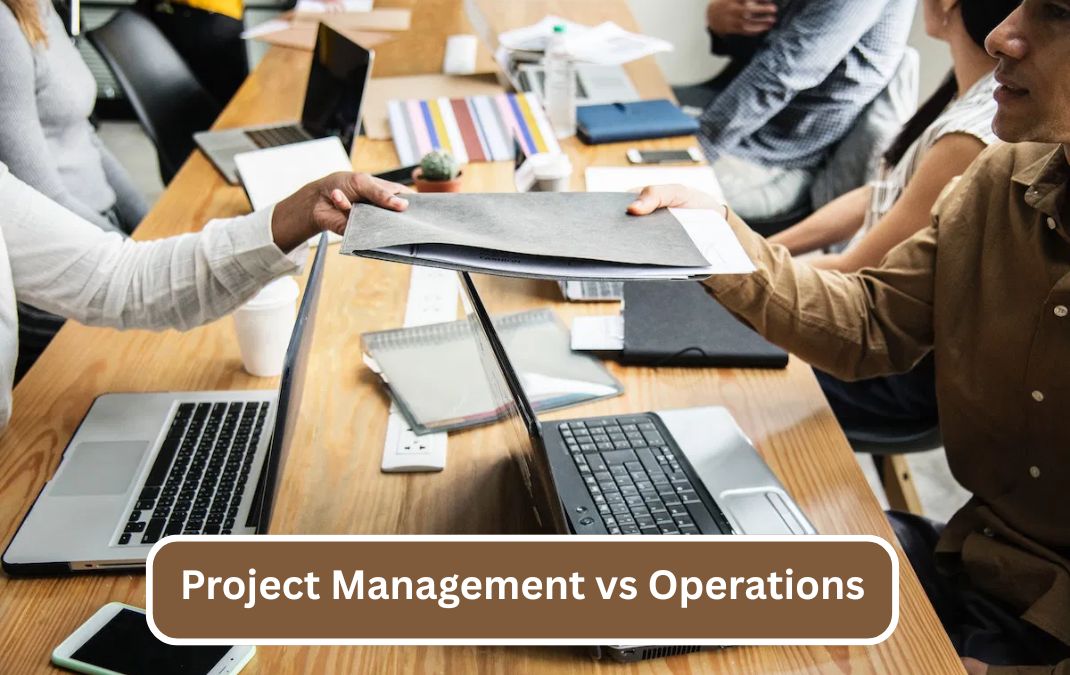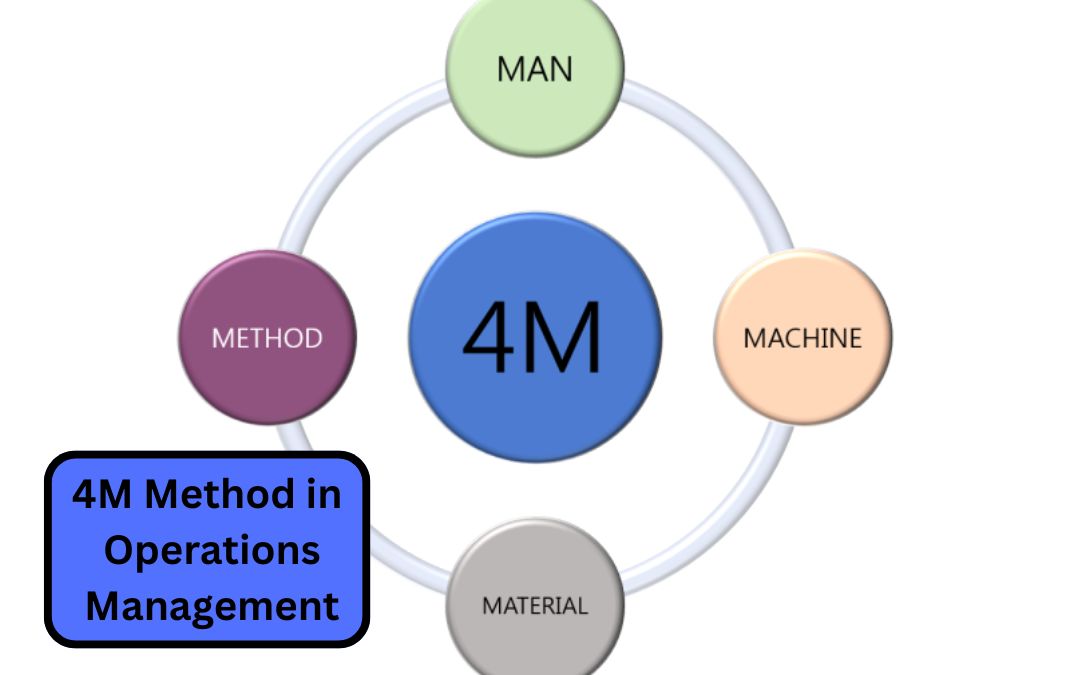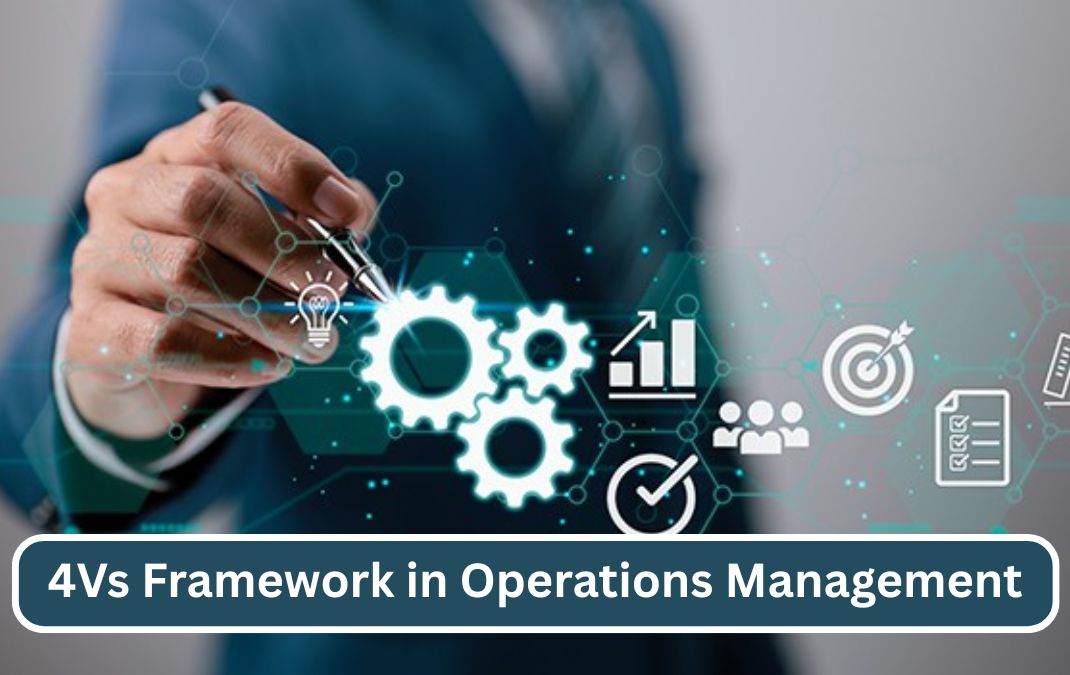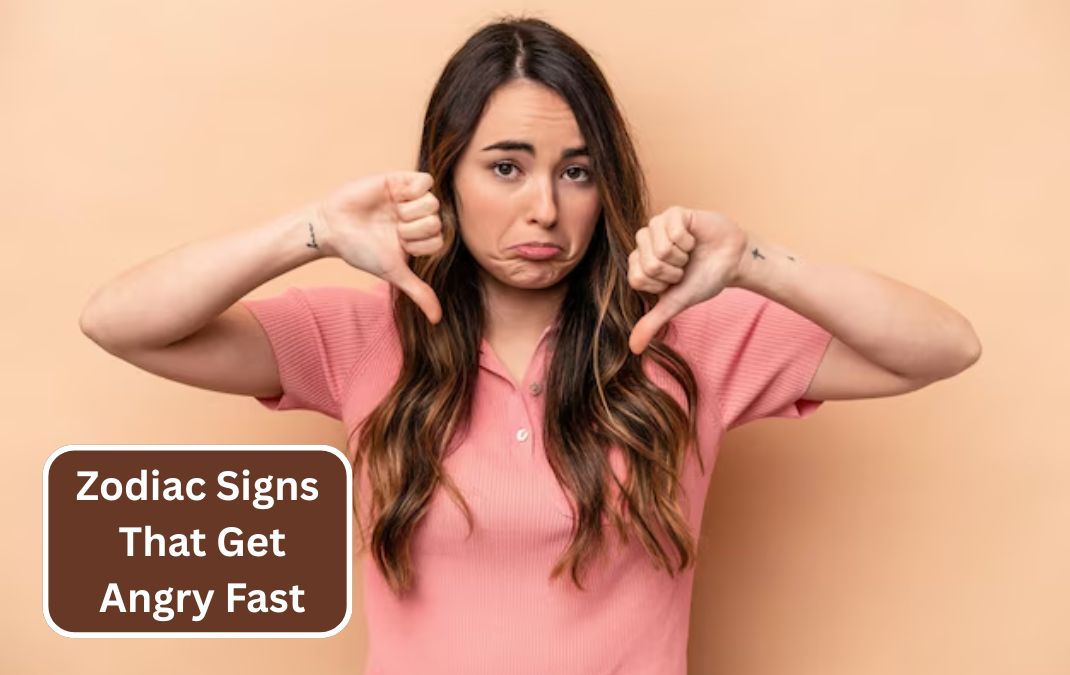As businesses grow, so do their operational challenges. In the early stages, a company’s founder or CEO might personally oversee operations. But when the company starts scaling, handling every moving part becomes overwhelming for one person. That’s when companies bring in senior roles like Chief Operating Officer (COO) or Vice President of Operations (VP of Operations) to maintain order, efficiency, and direction.
While the two positions may seem similar and are often confused for one another, they have distinct responsibilities and strategic value. Understanding these differences is key, whether you’re building your team or planning your career path.
What Does a COO Do?
A Chief Operating Officer (COO) is a top executive in the C-suite, working hand-in-hand with the CEO. The COO is in charge of daily operations and ensures that the company’s activities are running smoothly and efficiently. Depending on the organization, a COO might also contribute to long-term planning and high-level decision-making.
Typical Responsibilities of a COO:
- Overseeing Daily Operations
The COO keeps all departments aligned and running efficiently across various teams and functions. - Collaborating with Other Executives
They regularly meet with other C-suite leaders to make sure everyone is working toward the same goals. - Managing Department Performance
They assess how operational teams are performing and ensure that standards are being met. - Implementing Strategies
The COO ensures that plans created by leadership are turned into effective actions across departments. - Setting Team Goals
They help create practical goals for employees and guide them in achieving measurable results. - Spotting and Developing Talent
COOs often work closely with HR to recognize high performers and prepare them for leadership roles.
What Does a VP of Operations Do?
The Vice President of Operations is a high-level executive responsible for streamlining processes and improving efficiency across the business. They work more on the long-term side of operations—creating strategies based on data and performance metrics. The VP usually reports to the company president and plays a critical role in shaping how things are done on the ground.
Typical Responsibilities of a VP of Operations:
- Creating Long-Term Strategies
Using data and trends, the VP sets plans to improve profitability, processes, and long-term stability. - Aligning Teams for Success
They ensure all departments work in harmony to achieve common goals. - Leading Recruitment for Operations
VPs are often involved in hiring the right talent to run the company’s core functions. - Measuring Performance
They monitor whether teams are meeting benchmarks and take corrective steps when necessary. - Working Across Departments
The VP coordinates with other executives to maintain cohesion in company-wide efforts. - Refining Business Policies
When things aren’t working efficiently, the VP can introduce new policies to fix operational gaps.
Key Differences: COO vs. VP of Operations
Though their responsibilities may overlap, COOs and VPs of Operations differ in their scope, leadership level, and how they impact the business.
| Aspect | COO | VP of Operations |
|---|---|---|
| Main Focus | Ensures smooth daily operations and internal alignment. | Focuses on long-term planning, strategy, and optimization. |
| Reports To | CEO | President (or sometimes CEO, depending on company structure) |
| Team Interaction | Works directly with operational staff and senior management. | Has limited interaction with lower-level staff. |
| Career Progression | Often a stepping stone to becoming CEO. | Usually a final executive position with less upward mobility. |
| Leadership Style | More hands-on with execution and performance management. | More focused on policy-making and high-level decisions. |
Which Role Does Your Business Need?
Choosing between a COO and a VP of Operations depends on your company’s current situation and future goals.
1. Strategy Type
- Want to keep doing what works and fine-tune it? ➤ VP of Operations
- Want to reinvent how your operations work? ➤ COO
2. Company Size and Growth
- Experiencing rapid growth or major changes? ➤ COO is better for managing complexity.
- Stable, steady operations? ➤ The VP of Operations will help you improve efficiencies.
3. Market Conditions
- In a disruptive or fast-changing market? ➤ A flexible COO helps stay agile.
- In a mature, competitive market? ➤ A methodical VP can squeeze more value from existing operations.
Final Thoughts
Both the COO and VP of Operations play crucial roles in ensuring a business operates effectively, but they serve different purposes. A COO is more of a hands-on, strategic leader, guiding the ship every day. A VP of Operations is more of a behind-the-scenes planner who uses data and insights to chart a long-term course.
Choosing the right role depends on what your business truly needs: consistent, steady performance, or transformational leadership that can reshape the future. And if you’re building a career in operations, knowing which role fits your style and ambition can shape the direction of your professional journey.
FAQs
1. Is a COO higher than a VP of Operations?
Yes. A COO (Chief Operating Officer) is typically a C-level executive, which means they hold one of the top leadership positions in a company. A VP of Operations is still a senior role but usually ranks just below the COO or works in parallel in companies that don’t have a COO.
2. Can a VP of Operations become a COO?
Absolutely. A VP of Operations can be promoted to COO if they show strong leadership, strategic thinking, and a deep understanding of the company’s operational structure. It’s a natural career path in many organizations.
3. What’s the biggest difference between a COO and a VP of Operations?
The biggest difference is in scope and focus:
- A COO handles day-to-day operations and works closely with all departments to ensure smooth execution.
- A VP of Operations focuses more on long-term planning, strategy, and improving overall efficiency using data and metrics.
4. Do all companies need both a COO and a VP of Operations?
Not necessarily. Smaller or mid-sized companies often choose just one of these roles based on their needs. Larger, more complex organizations might have both, especially when operations are spread across regions or business units.
5. Who does the VP of Operations report to?
Typically, the VP of Operations reports to the company’s President or, in some cases, the CEO, depending on the company’s leadership structure.
6. Does a COO manage people directly?
Yes. The COO often works closely with operational teams, department heads, and sometimes even individual team leads to ensure smooth workflow and execution across the company.
7. Which role is better for someone who likes hands-on management?
If you enjoy being actively involved in day-to-day operations and leading teams, the COO role might be a better fit for you. The VP of Operations is often more focused on strategic planning and performance analysis from a higher level.
8. How do companies choose between hiring a COO or a VP of Operations?
It depends on:
- Business goals (stability vs. transformation)
- Size and complexity of operations
- Industry needs (some sectors demand rapid innovation, others steady optimization)
Companies evaluate where they are and what kind of leadership will help them move forward.












